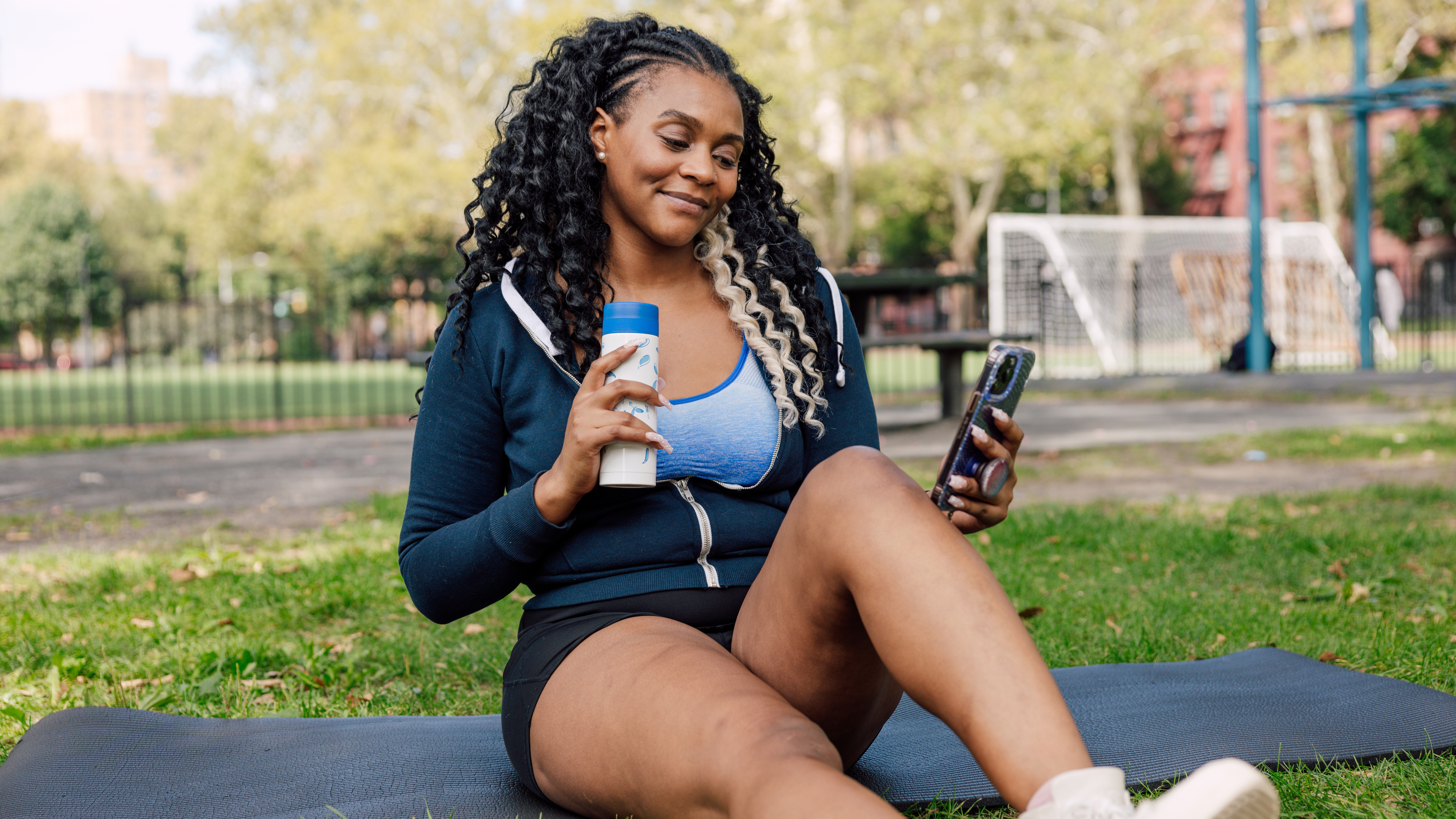An expert trainer says you can build strength without weights as long you follow this simple training tip
This easy method will revolutionize the way you exercise

You might assume you need to lift weights to build muscle. While it’s true that dumbbell exercises and kettlebell workouts can help you get stronger, you don't always need heavy equipment to reach your goals.
Lots of studies have shown that you can build muscle with body weight alone. In fact, personal trainer and Peloton instructor Joslyn Thompson Rule encourages everyone to start with beginner bodyweight workouts.
But how do you keep tabs on your progress and strength gains if you’re not lifting heavier weights each week? Instead of focusing on the numbers, Thompson Rule suggests tracking how every workout feels.
"One thing I always encourage people to do when they're starting is monitor how your body feels doing a movement," Thompson Rule says. "So not where in the body you're feeling the movement, but does it feel smooth? Does it feel clunky? Does it feel disjointed? Be aware of that feeling and then the next week, the same movement that felt clunky or disjointed might feel smooth—and that's a progression."
Once you've noted that an exercise that used to feel clunky now feels easy, you can make the move harder by increasing the number of repetitions you do or adding a static hold to increase the time your muscles are under tension.
But Thompson reiterates that you don't always need to focus on the numbers: "[Progression] doesn't have to be an increase in weight or reps, it can just be feeling a little bit more comfortable doing a movement."
How to track your workouts to make sure they’re effective
As well as monitoring your workouts to check progression, you can also reflect after each session to gauge whether or not it was effective. To do this, you can’t simply label a workout as good or bad—instead, Thompson Rule suggests working with a rule of thirds.
Start your week with achievable workout ideas, health tips and wellbeing advice in your inbox.
"A third of the time your training will feel amazing, a third of the time it will feel a bit meh and a third of the time it will feel rubbish," she says. And by rubbish, she means hard. If your workouts felt easy all the time, you wouldn't make any progress.
You can also make other notes. For example, maybe you struggled with mobility moving into your squat or felt off balance during lunges. Or maybe you felt really strong that day and your arms burnt less when you held your plank.
The benefits of tracking your workouts as a beginner
Tracking your workouts is one of the best things you can do as a beginner, according to Thompson-Rule.
"So many people are disassociated with their bodies," she says. "I like to encourage people to meet their bodies where it's at on any given day, which requires you to be aware of how you're feeling."
If you push through and decide to increase the intensity of your workout on a low-energy day, you could compromise your form and put yourself at risk of injury. That's where tracking and monitoring can help.
Not sure how to get started with strength workouts? Thompson-Rule has shared her two favorite bodyweight exercises for you to try.
Alice Porter is a freelance journalist covering lifestyle topics including health, fitness and wellness. She is particularly interested in women's health, strength training and fitness trends and writes for publications including Stylist Magazine, Refinery29, The Independent and Glamour Magazine. Like many other people, Alice's personal interest in combining HIIT training with strength work quickly turned into a CrossFit obsession and she trains at a box in south London. When she's not throwing weights around or attempting handstand push-ups, you can probably find her on long walks in nature, buried in a book or hopping on a flight to just about anywhere it will take her.